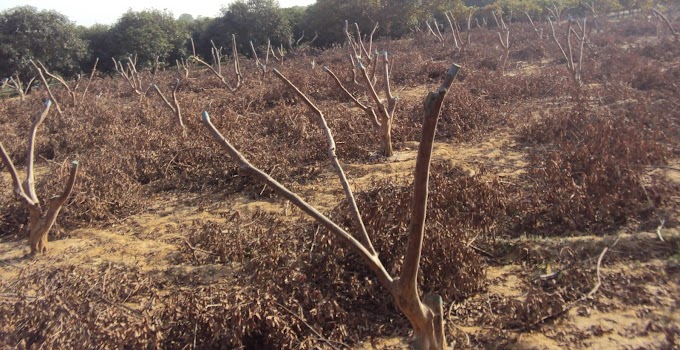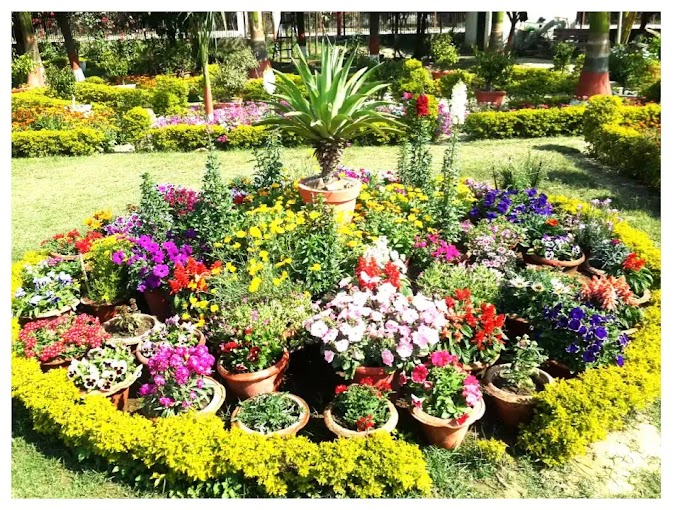Clean cultivation of Apple
Under clean cultivation the apple orchard is kept free from all types of weeds and vegetation. Clean cultivation is only possible by continuous weeding or use of weedicides (Paraquat 0.5%) because mechanical weeding is not easy on sloping land and terraces. Clean cultivation is recommended to young non-bearing orchards to check the competition between young apple trees and weeds for nutrients and moisture since young trees and weeds both absorb nutrients and water from the upper layer of soil. In a bearing orchard when tree roots penetrate deeper, clean cultivation is not suitable because it increases moisture loss, fertile soil erosion and decreases humus content in soil. The weeding should not be done even in non-bearing young orchards during the rainy season.
Sod culture Practice in Apple Orchard
In sod culture practice, suitable sod (cover grass) is grown in apple orchard and no tilling is done however some time soil is raked to improve the aeration and water absorption capacity. The legumes like Kudzu vine (Pueraria sp.), alfalfa (Medicago sativa), subterranean clover (Trifolium subterraneum) and non-legumes like Timothy grass (Phleum pretense), orchard grass (Dactylis glomerata) and Kentucky bluegrass (Poa pratensis) are grown for sod cultivation.
Sod cultivation checks soil erosion and increases soil humus but causing competition between sod & trees for nutrients and moisture
Mulching in Apple Orchard
The covering of soil with organic materials like straw, dry leaves, hay or inorganic materials such as polythene sheet is called mulching. Mulching reduces soil moisture loss through evaporation, discourages weeds emergence, maintains soil temperature and organic mulches increase soil organic matter content. Mulching also reduces soil erosion and provides a cushion for fruits falling from the tree thereby minimising the fruits' damage.
Irrigation in Apple Orchard
The critical period of water requirement in apples is after the fruit set from April to August. Under rainfed conditions soil moisture should be conserved by mulching after rainfall during spring. In areas where an irrigation facility is available apple plants should be irrigated at 8 days’ intervals during April to June before starting the pre-monsoon shower. The drip system of irrigation is best for water scarce and sloping areas.
Apple: Physiological Disorders (link)








